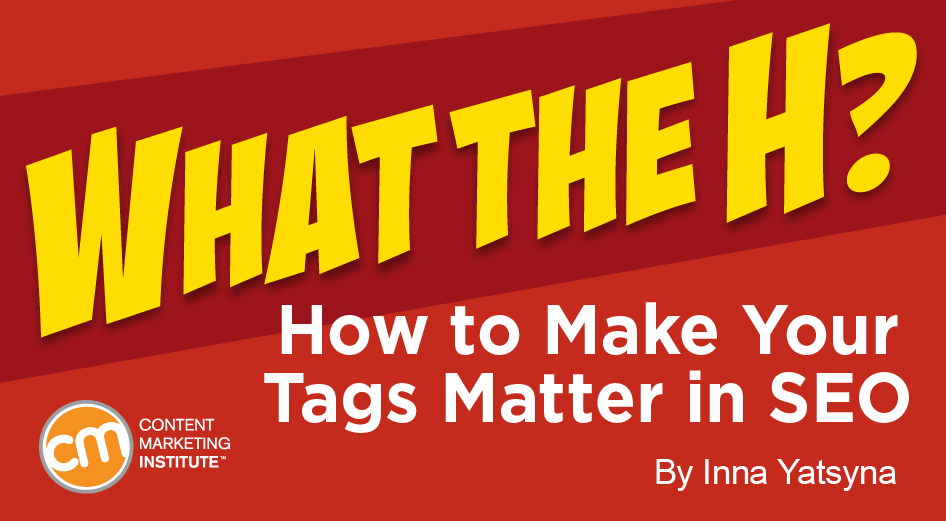And to attract search engines to your content, you need to think about your heading tags.
Visible as through
(though Google currently claims it’s not of top importance, it’s important to illustrate proper flow for readers).
Feel free to include additional tools in the comments (from your company or ones that you have used).

Content must be useful and unique to attract your target audience. But if it’s not visible, people will never even know about your unique, useful content.
Thus, before you can have your audience’s eyes, search engines must see your content. And to attract search engines to your content, you need to think about your heading tags.
Visible as <H> in your HTML code, heading tags are scanned by search engine bots and are the portion of your content most visible on search engine results pages.
How can you maximize the efficiency of these headings? Read on to learn the latest news on creating Google- and user-friendly headings.
Your H1 tags are the most important
An H1 tag is critical. The heading acts as an information guide for the search engine bots. It should include a highly searched keyword.
While some may think the H1 tag should be at the top of the content, it can be placed anywhere within <body>…</body> container.
H1 SEO tips
- Always include an H1 tag.
- Use only one per page.
- Include the primary keyword for your content.
- Avoid populating the tag with too many keywords.
- Ensure that your target audience can easily read the H1 tag.
- Use up to 70 characters in the tag length.
- Make the tag unique.
You also must recognize that page title (<title>) is not the same as the tag (<h1>) – though they should not be polarly different. As you can see in this example, the H1 tag is “Quick and Dirty Guide for Creating Actionable Content Marketing Personas.” The page title is “How to Create Personas That Help Everybody.”

To craft an SEO effective title and H1 tags:
- Use the highest volume and critical keywords…

COMMENTS